Reggie Madison and Judy Pfaff
May 31, 2025
One of the first challenges we ran into when we were installing this show had to do with electrical transformers. Baba Yaga is a squat -we have not paid rent on the space in over 5 years, and so when our electricity is on the fritz we have to be creative. And the pressure was on because Reggie Madison and Judy Pfaff were in the house, and Judy had installed 10 tubes of neon that needed juice. Judy’s assistant Jeff Kitchens measured about 70 volts total coming from our outlets, not enough to power the neon, so we used a generator instead and powered Judy’s work with gas. Reggie’s work did not require any electricity, but he very certainly brought the noise, responding to Judy's install with a series of interconnected (deep black) panels (covered in sparking silver dots) over which he attached what could be described as three dimensional drawings. Judy and Reggie are transformers; they are the kinds of artists who transmogrify material without questioning what it means. The works on view in Transformers are materially composed of tar, wire, foam, carpet, LED and neon lights, stencils, wire, imitation flowers, steel, paint, and so on, but what matters in these works is not material, but formal composition. Combined, these two artists have over 100 years of experience intuitively processing materials in search of the unexpected. And while their approach could easily be taken for granted by artists today, it wasn't one chosen for convenience or marketability. These are artists who have been experimental in their work since the early 70s (late 60s) and to their credit, they still are today. Creative integrity has its benefits: Madison and Pfaff have not fallen into clearly defined "styles" but rather, have developed idiosyncratic voices. They stretch, tear, bellow, whisper, illuminate.. they conceal as well as reveal. Whatever constellations emerge in these works is largely up to chance -a reaction taking place between the material, the artists, and ultimately, the viewer. The invisible undercurrent powering the transformation from mundane material, to art, is imagination. The images we dream as we experience these works, as well as the waking labor of these creative grandmasters who move and recombine matter, are fueled by the same energy that enables us to play pretend or visualize our fears. Arguably, all of the work we do is a bid for transformation: personal, material, spiritual. For anybody still reading: Transformers are electrical devices that transfer electrical energy between two or more circuits... Transformers are also a bunch of robots from outer space that disguise themselves as normal things -cars, animals, etc. and then suddenly transform into giant battle bots! TRANSFORM AND ROLL OUT!

Reggie Madison, Untitled, 2025. Tar, tacks, fabric, wire
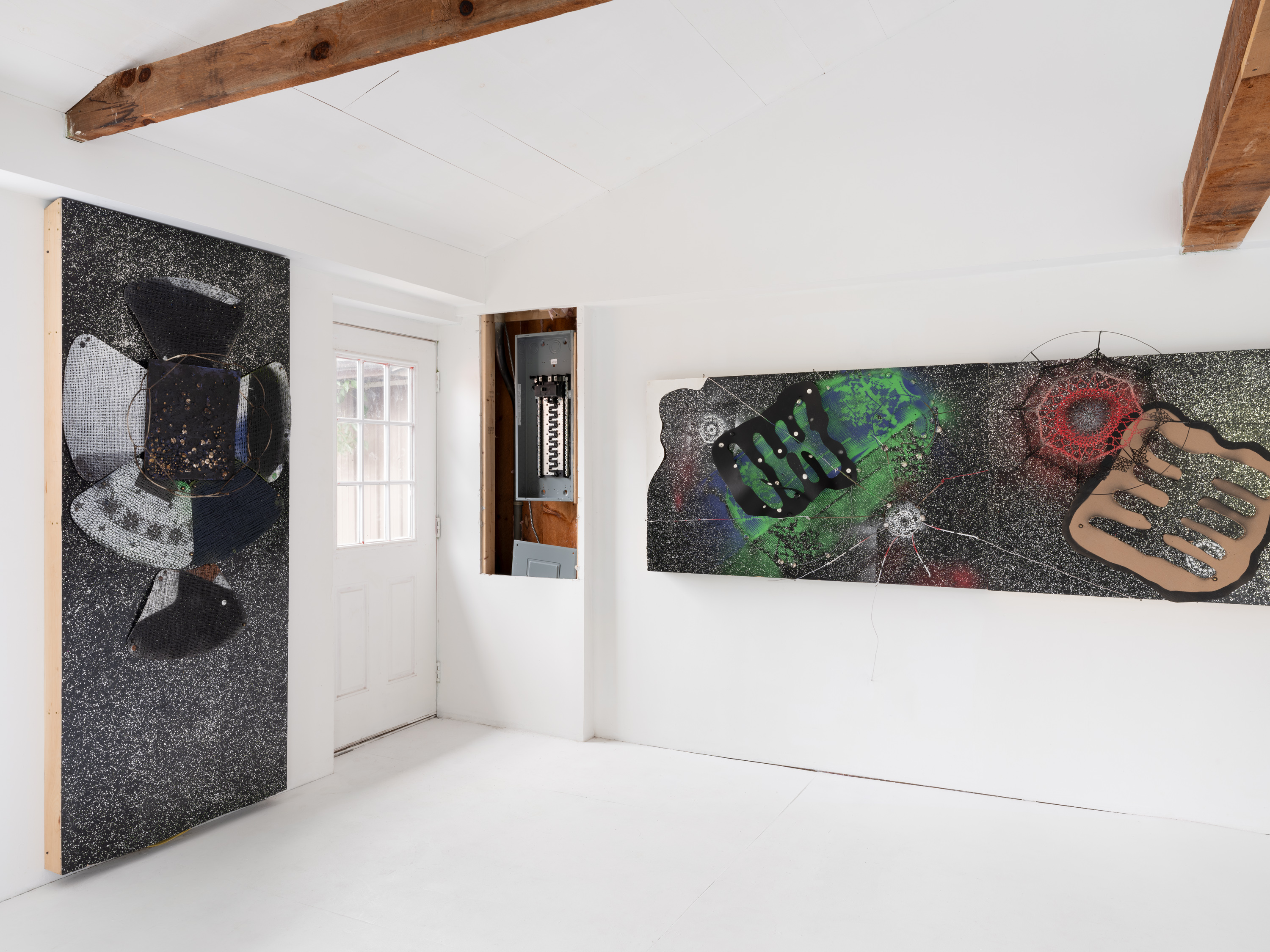
Reggie Madison, Untitled, 2025. Tar, tacks, fabric, wire, and
Alchemy + 2, 2025, Wire, fabric, paint, stencils.

Alchemy + 2, 2025, Wire, fabric, paint, stencils.

Reggie Madison, detail: Alchemy +2, 2025. Wire, fabric, paint, stencils

Reggie Madison, Alchemy +2, 2025. Wire, fabric, paint, stencils and Judy Pfaff, Travels To Bisnegar, 2025. Recycled plastic carpet, imitation flowers, steel, neon lights.
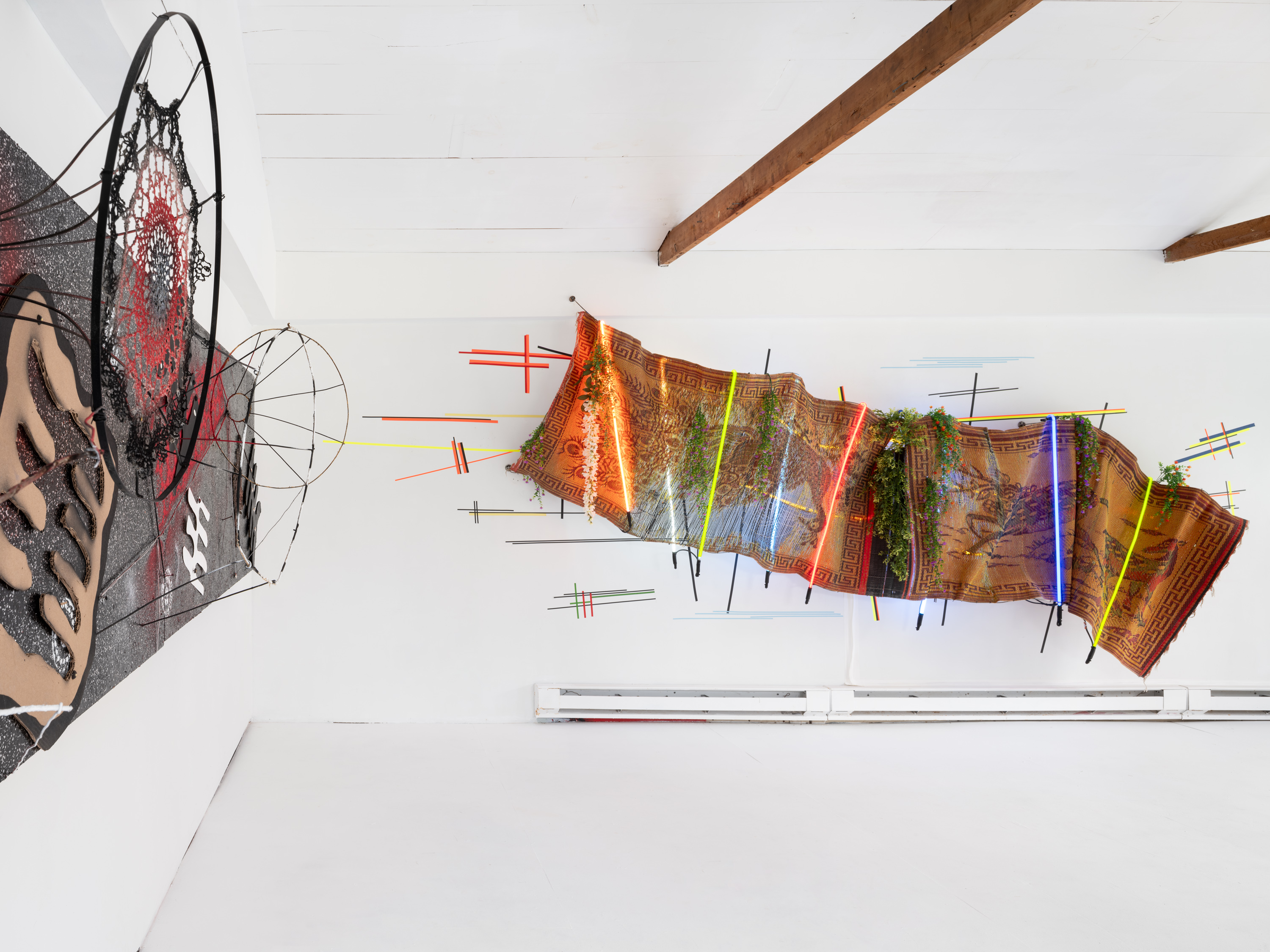
Reggie Madison, Alchemy + 2, and Judy Pfaff, Travels To Bisnegar, 2025.
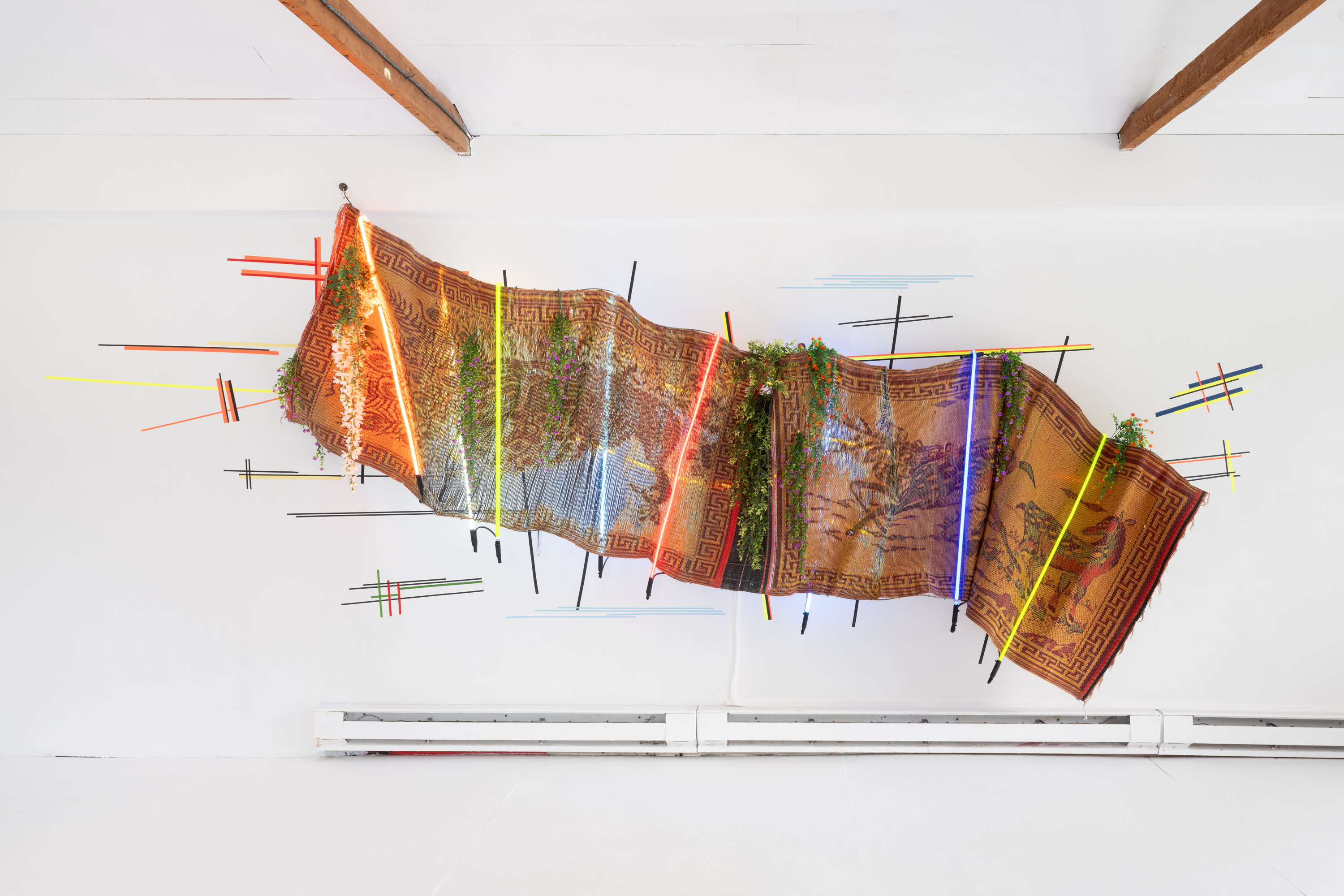
Judy Pfaff, Travels To Bisnegar, 2025. Recycled plastic carpet, imitation flowers, steel, neon lights.
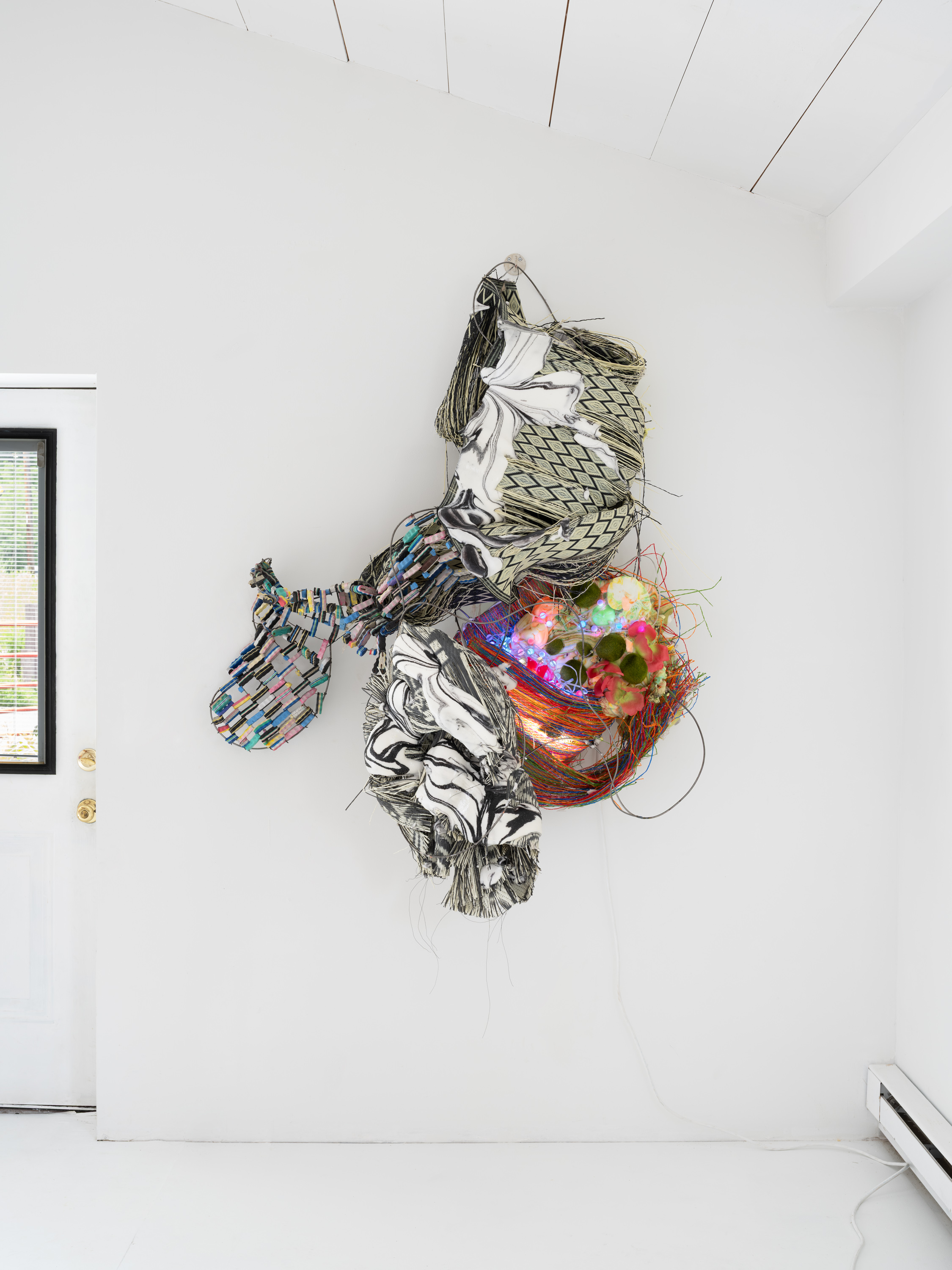
Judy Pfaff, Cat’s Paw, 2025. Recycled plastic carpet, urethane, foam, steel, LED lights.
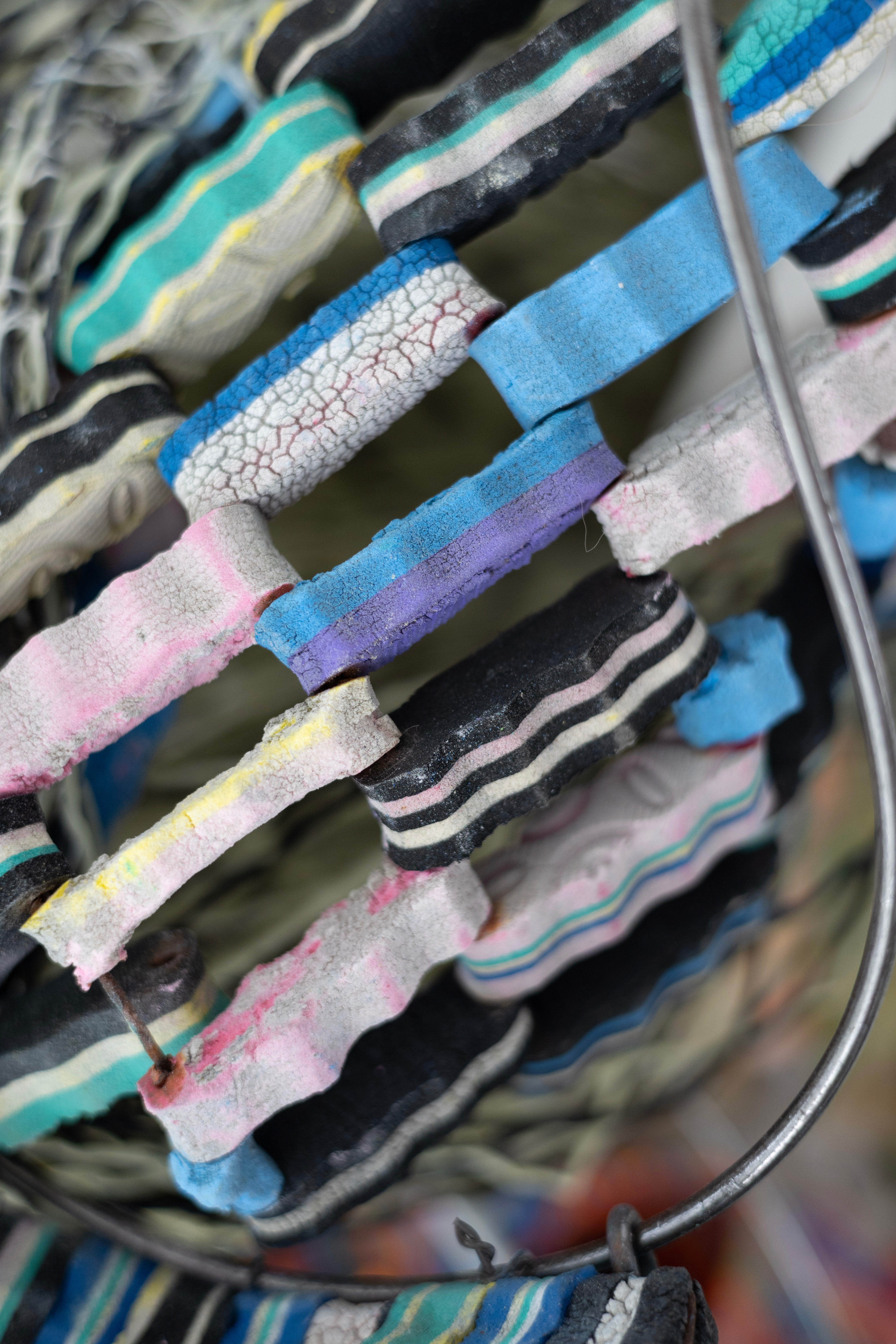
Judy Pfaff, detail: Cat’s Paw, 2025. Recycled plastic carpet, urethane, foam, steel, LED lights.
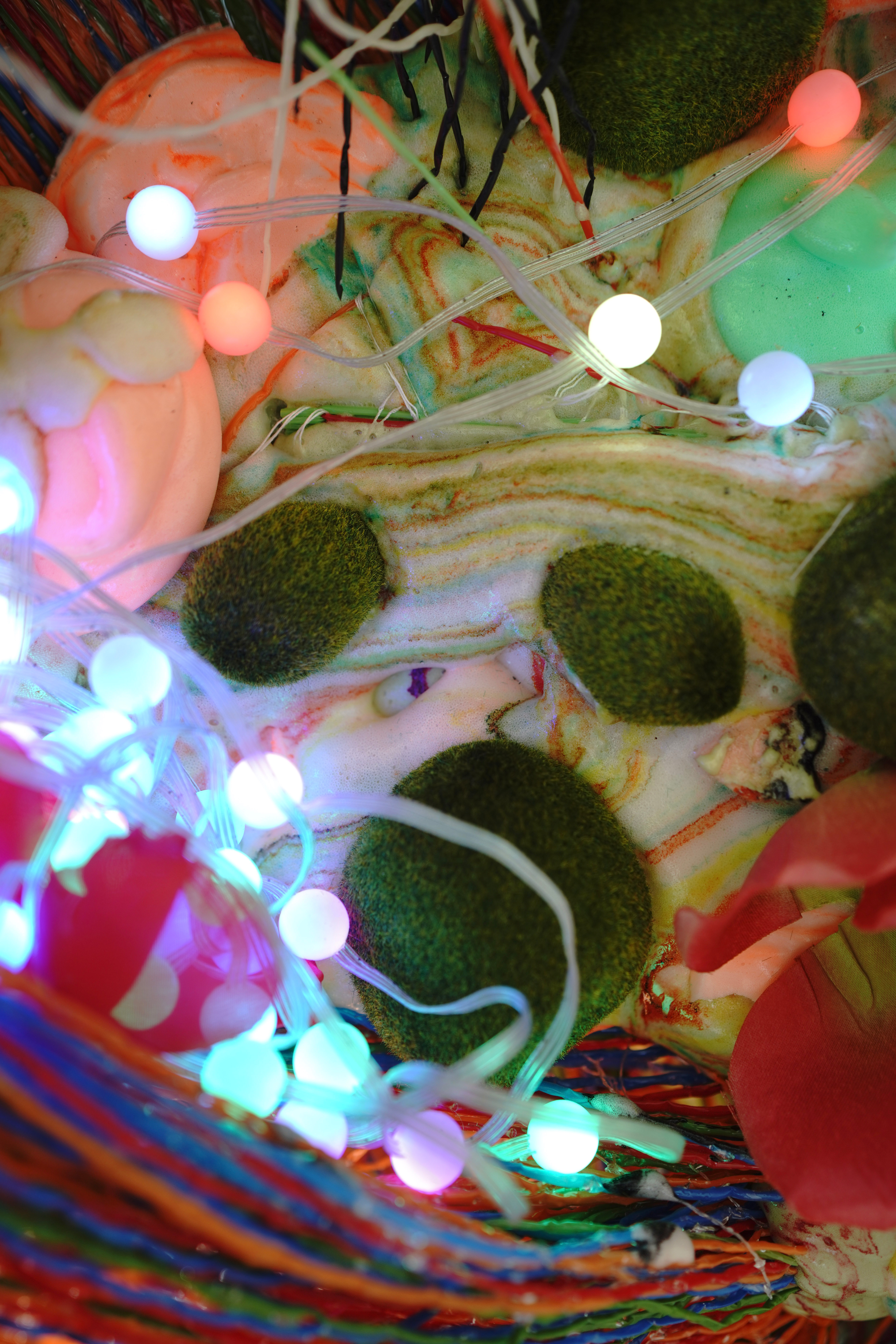
Judy Pfaff, detail: Cat’s Paw, 2025. Recycled plastic carpet, urethane, foam, steel, LED lights.
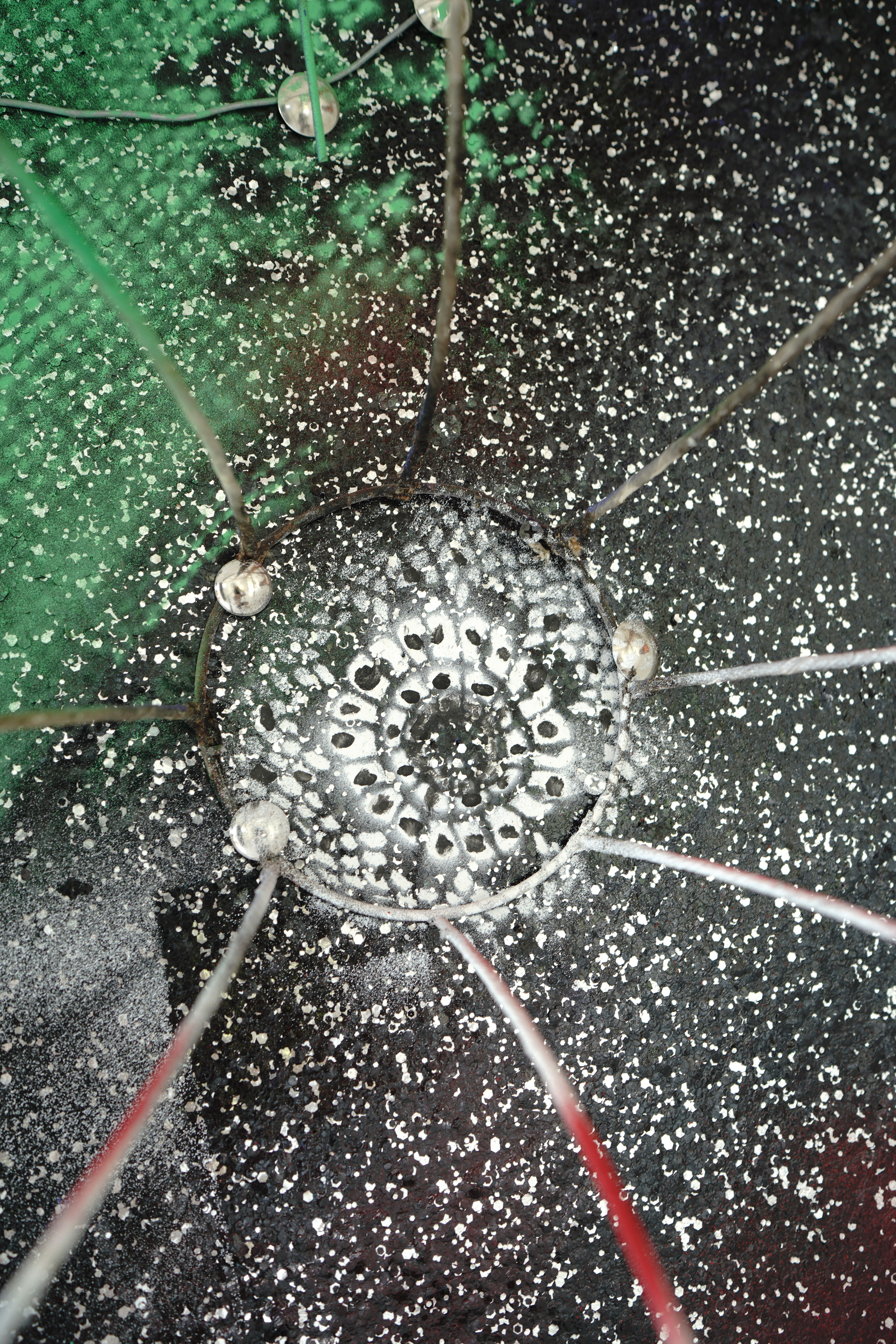
Reggie Madison, detail: Alchemy +2, 2025. Wire, fabric, paint, stencils
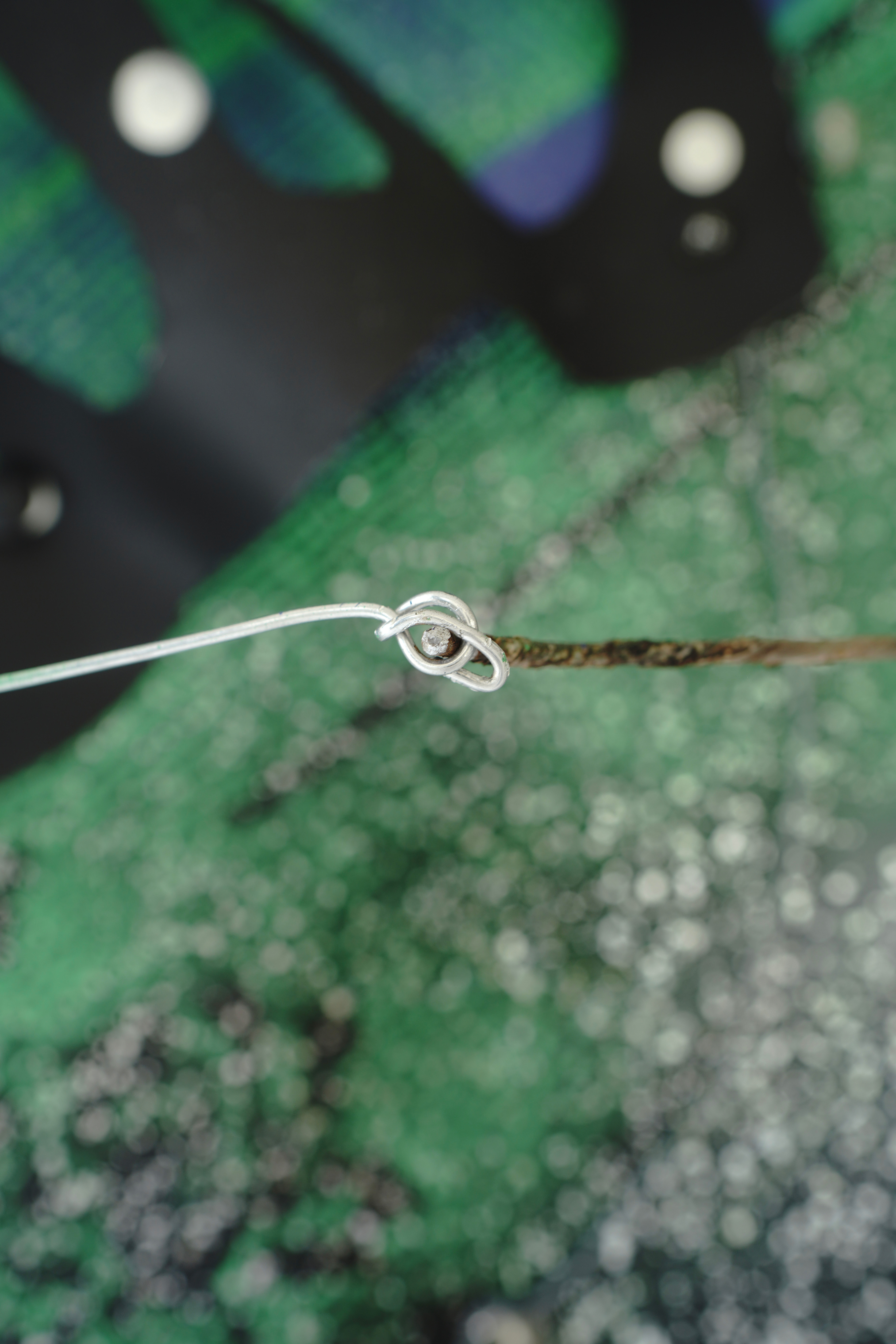
Installation photography by Pierre Le Hors and Tomm Roeschlein